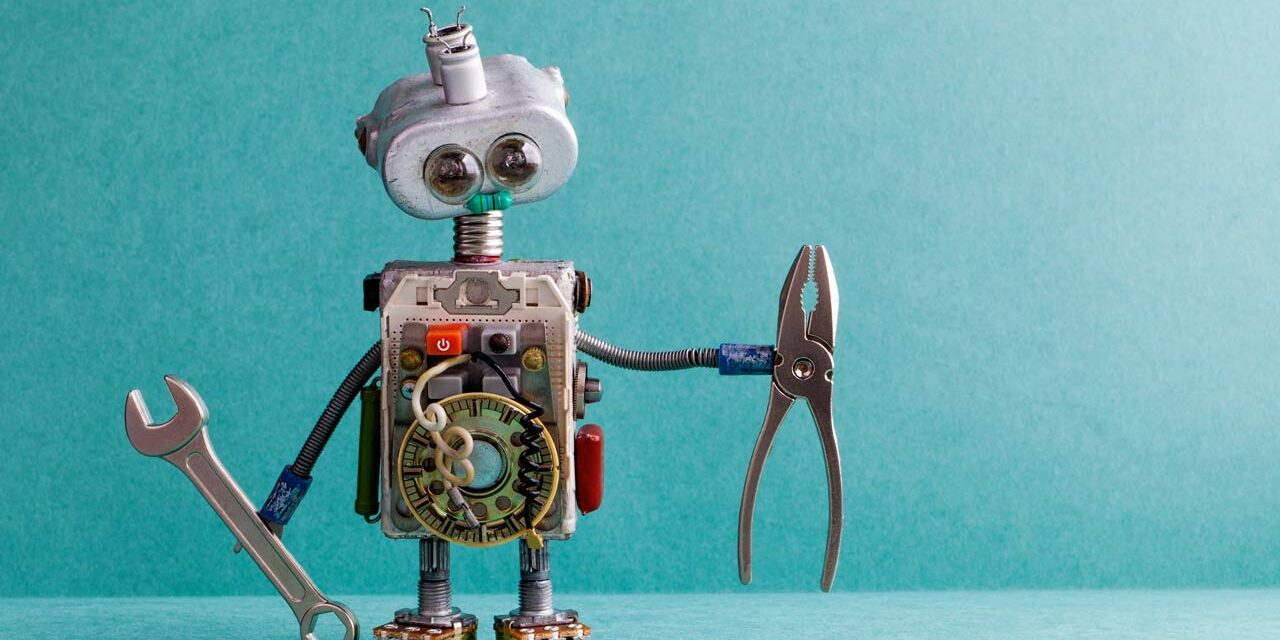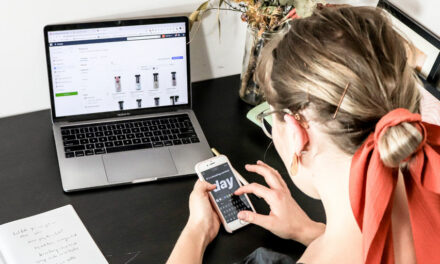Before you tell yourself that your idea is too ambitious, too unrealistic, too pie-in-the-sky; remember that once there were no planes. There were no rockets to take us into space. There were no computers.
Most of us recognise that technology has the power to radically change our lives. The smartphone allows us to work, communicate and connect wherever we are, whenever we need to. Contactless payments allow us to pay quickly, securely and without cash. A fitbit enables us to track our activity levels via our wrists and keeps us motivated when those fitness goals look insurmountable…Some of the greatest achievements in technological innovation have been driven by more than the need to save time, reduce efforts and increase efficiencies. They’ve been driven by a basic human instinct to progress.
“We choose to go to the moon in this decade and do the other things, not because they are easy, but because they are hard, because that goal will serve to organize and measure the best of our energies and skills, because that challenge is one that we are willing to accept, one we are unwilling to postpone, and one which we intend to win, and the others, too.” – JFK
Moonshot thinking is something we embrace. While we’re committed to delivering solutions for thousands of our clients, if we were driven purely by a need to always ‘meet the brief’ and respond to the specific problem a customer is facing, we would never exceed their expectations. And our reputation for exceeding expectations and offering our clients something they didn’t realise they needed, is one we are extremely proud of.
Consumerisation, the way that technology routed in our personal lives infiltrates our working lives, is transforming our industry. The rapid innovation in mobile technology is leading to smartphones and tablets being placed into the hands of more of the world’s population, it is also putting more than one device into our hands. By 2018 we are predicted to have an average of six connected devices each. With our consumer lives being transformed so dramatically by technology, it’s no surprise that our work habits are changing too. Like many others in our market, we believe this surge means taking a business to business or business to consumer view is outdated. Business is going to be person to person, as more and more of us want instant access to business services, whenever we need them. Access to these professional services, skills and goods needs to be through the channels and devices that are so convenient and dominant in our personal lives.
If this all sounds very interesting, but not particularly relevant to the work you need to get back to after reading this article, consider this: how did the monopoly of licenced black cab drivers get disrupted by Uber in London (and many other cities around the world)? How else did we lose the video rental shop from the high street only to replace it a few years later with Netflix – a streaming service that we can take with us anywhere? There were plenty of taxis and plenty of films. Plenty of people who needed a cab to make a journey and plenty of people who wanted to watch a film. So there was no supply and demand issue behind these innovations. There was no tangible problem that needed resolving. It simply came down to the fact that someone, somewhere thought it could be interesting to make life simpler and easier using technology. Someone wanted to explore this concept, to see if it could be done.
The point is, we are in a period of such rapid innovation, that all industries and all business models are vulnerable to disruption. In the accountancy world, we are already seeing this with the decline of licenced, desktop accountancy software and the rise of cloud-based, subscription solutions. But disruption needn’t be a threat. To the organisation that can look beyond the problem that needs fixing, new technologies and disruptive thinking can create a whole new business model that makes day to day working lives easier, simpler and more rewarding.
A grand claim, you might think, but it’s because we think like this, that we were the first to market with our document management portal solution. Five years ago, we had customers who weren’t convinced that their clients were technologically savvy enough to access and sign a document digitally, instead of waiting for a hard copy in the post. Since launch, Virtual Cabinet Portal has housed over 1.5 million documents, which have in turn been accessed by 420,000 people across 110 countries. At the time of developing Virtual Cabinet Portal, we were delivering document management solutions for our clients that would allow them to digitally share documents such as client tax returns by email. But by focussing the best of our energies into thinking beyond what was asked of us, our customers suddenly had a much easier way of sharing and securely signing off those documents. For many of our clients, portal technology has overtaken email as a way of securely connecting with their customers.
We strongly believe that setting our minds to a new way of doing things, then bringing in the very best technology to support that thinking has the power to make business better for our clients and to not be afraid of the next innovation around the corner. Moonshot thinking gives us the opportunity to experiment and explore – arriving at a destination beyond that which we were originally aiming for. Moonshot thinking allows us to revolutionise – not disrupt – our clients’ businesses.








